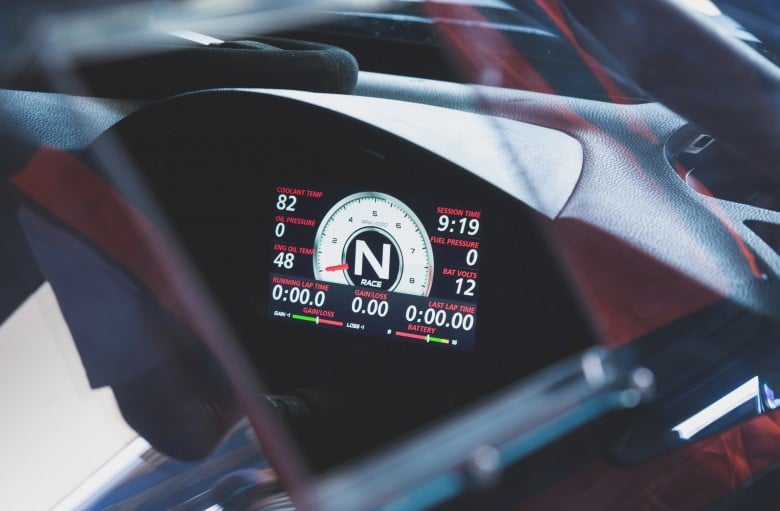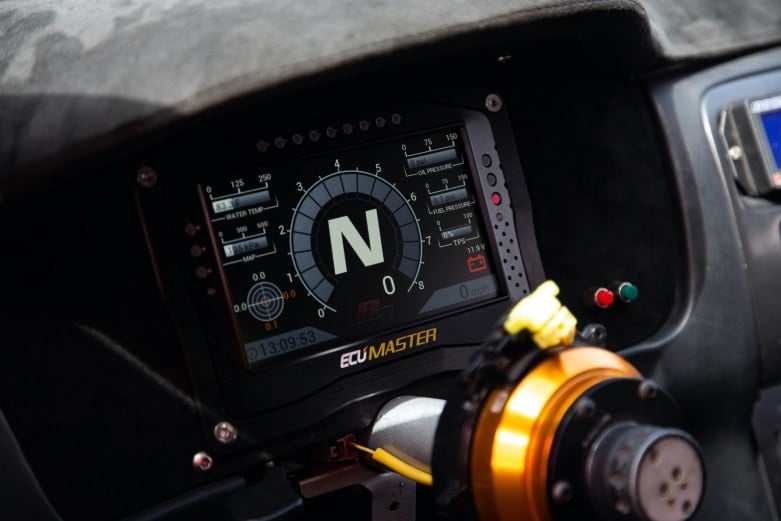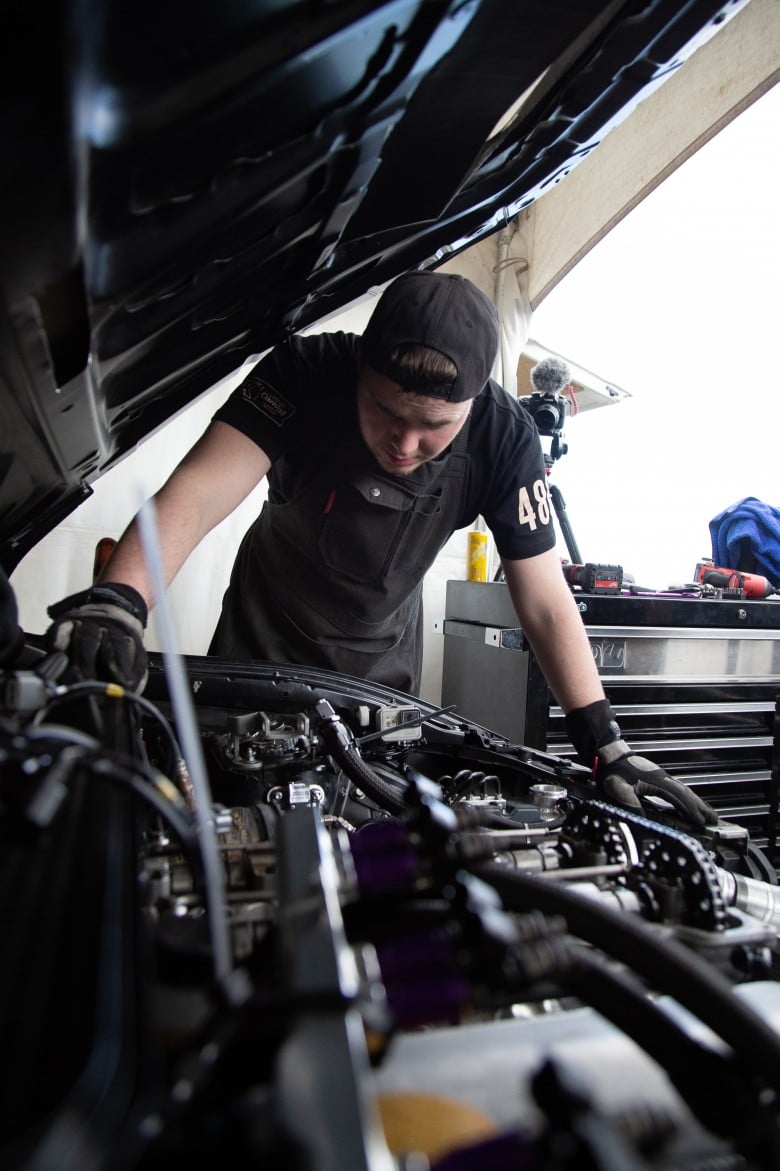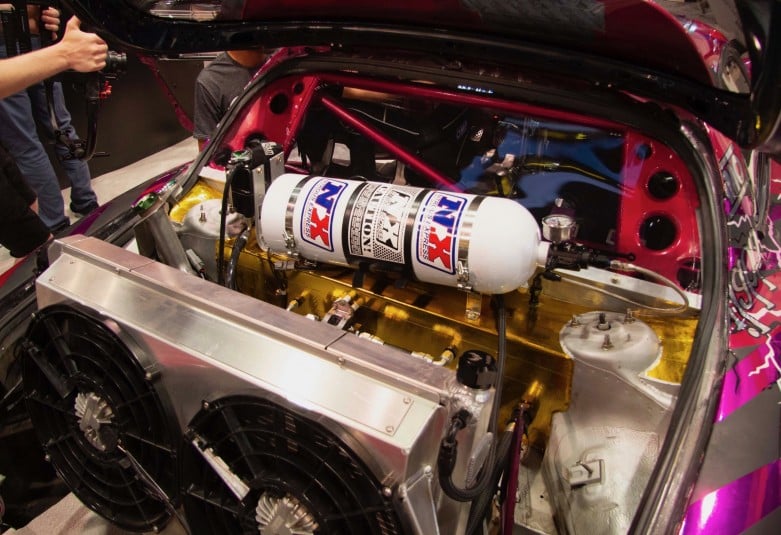Engine coolant temperature is something everyone needs to worry about from a paddock basher you bought for a box of beers, to the top tiers of motorsport with engines that alone cost more than your local craft brewery.
With that in mind, you'd think there would be a vast difference between what is safe, and what isn't, but luckily this is one topic that is relatively straightforward and comes with some numbers that apply to a wide spread of engines and applications.
In this article: Safe Temperature Range | Low Temperature Considerations | High Temperature Considerations | Conclusion

Show Me The Numbers!
For most race applications the sweet spot is going to be between 90-95°C (194*203°F) and that is what we will aim to run in most applications. Overall we are going to be safe within 85-105°C (185-220°F) and in some cases, we might even aim to run at the lower end of that bracket even though technically we can make a little more power when things are on the warmer side.
What is happening to our engine if we decided (or circumstances decide for us) to run below or above these ideal temperature ranges though?

Lower Engine Coolant Temperatures: Pros And Cons
So if it means (marginally) less power, why would we ever consider targeting a temperature of 85°C instead of 95°C? In some applications, not all, where the engine is on the edge of a knock limit (explained here) we might choose to help draw more temperature out of our combustion charge with our lower coolant temperature which we will combine with a richer fuel mixture to help cool things further. Aiming for a lower temperature just helps give us that extra buffer for a really hot day or perhaps even getting stuck behind a safety car or traffic in hot air for longer than we, or our engine, would like.
Why not just bump things down to 80°C, or even lower to 70°C, 60°C or less if colder is safer? At colder temperatures than it was engineered to run at our oil is going to be thicker which can lead to a loss of power and excessive wear of our engine internals. If our combustion charge is too cold we might not burn all of our fuel and gasses which can also lead to loss of performance, poor economy and excessive carbon build-up. If you're going to have an extra pitstop for fuel it might as well be because you are burning more due to being faster than the pack, not slower.

Hot Engine Coolant Temperatures: Pros and Cons
While running your engine too cold will cause issues over time, running it too hot can cause an issue much faster and in dramatic fashion. Excessive heat can lead to cylinder pressures that cause gasket failure, cracked heads and/or blocks, knock/detonation, thermal expansion leading to engine seizure and more on the extreme side of things with the 'best case' issues being loss of power, oil leaks and poor fuel economy. It will also break your engine oil down faster which combined with poor maintenance practices (getting your engine hot and not changing your oil) can cause excessive wear to your engine internals.
So why would we ever want to target a higher engine temperature? When the combustion chamber temperature increases, the density of the air/fuel mixture also increases, which can lead to more power being produced. This is because at higher temperatures, the gases in the combustion chamber are more energetic and expand more rapidly, which generates more pressure and torque. However, this relationship is not linear. At a certain point, the power increases will taper off and begin to reverse. Another example of a similar situation is how our torque curve behaves when we go past maximum brake timing (MBT), as explained here and in the EFI Tuning Fundamentals course.

Conclusion
A typically safe engine coolant temperature range to run within is between 195-220°F (90-105°C). Operating outside of this range can cause damage to the engine.
At temperatures below 85°C (185°F), the engine may not warm up properly, which can cause excessive wear and tear on the engine, especially during cold weather.
At temperatures above 105°C (220°F ), the engine can overheat potentially causing complete and instantaneous failure.
It's also worth noting that a well-maintained engine, proper coolant level, adequate and effective ducting and correctly functioning cooling system components such as the radiator, water pump and thermostat will help in keeping the coolant temperature within your desired range.
![Engine Coolant Temperatures | What Is Safe? [QUICK TECH]](/assets/017c417a59/01bae4110623d1f47c014ef1c59f50e19f189da615__FillWzc4MCw0MzBd.jpg)





